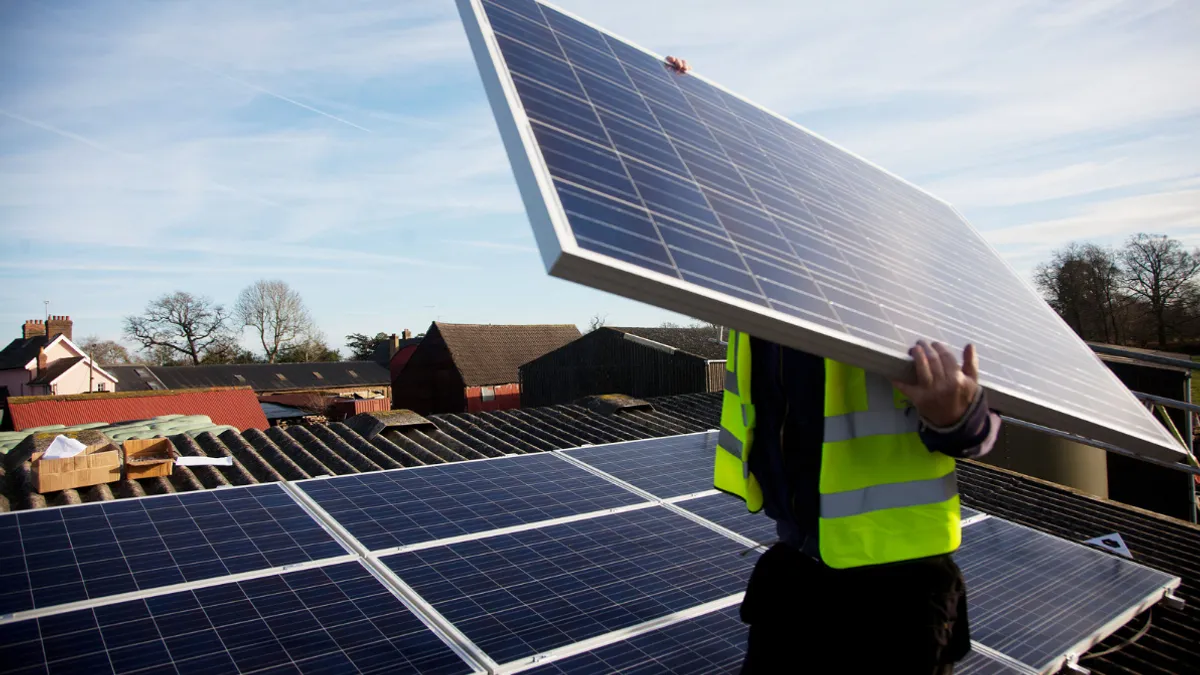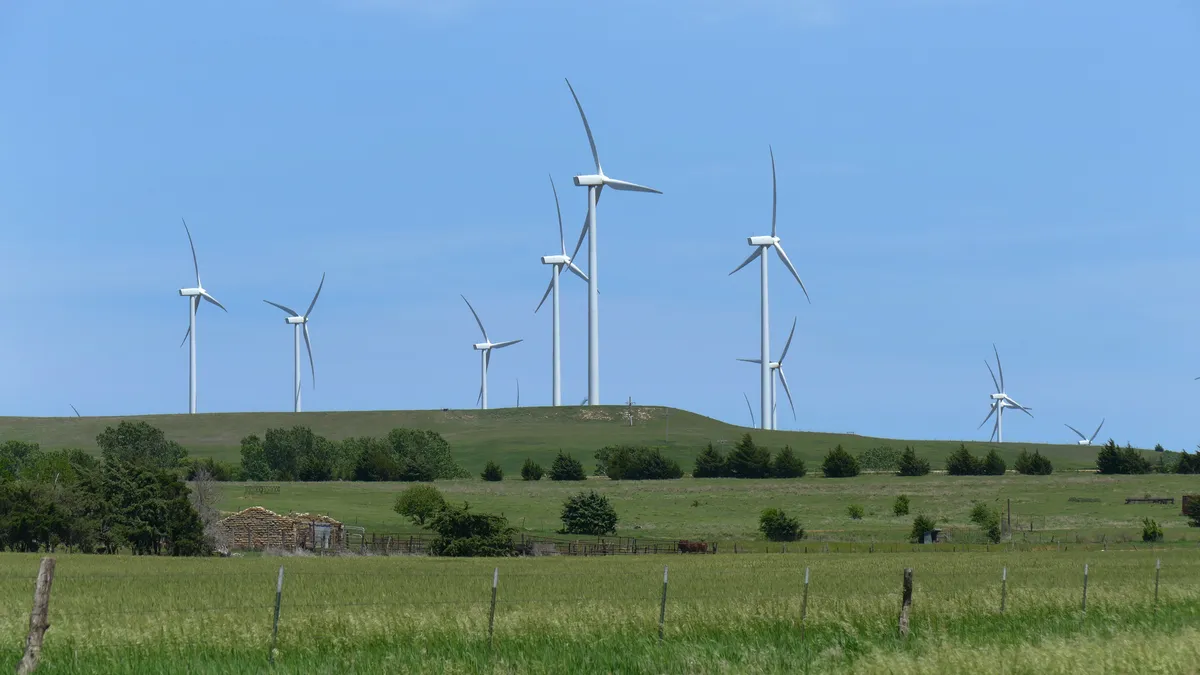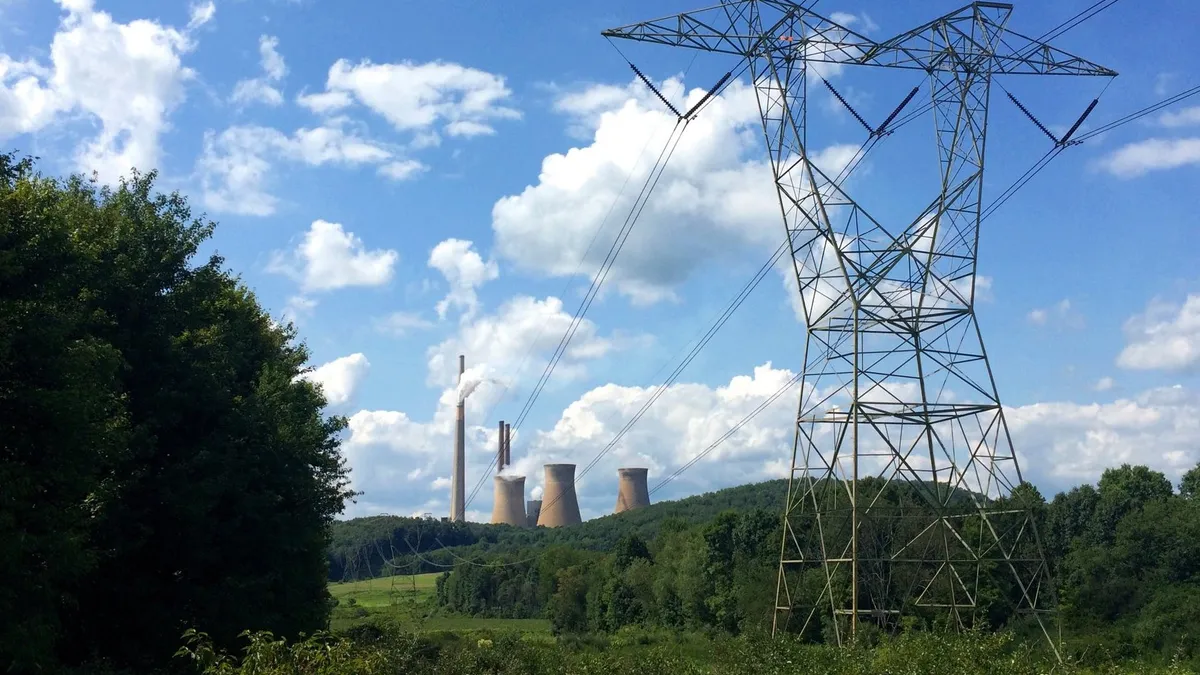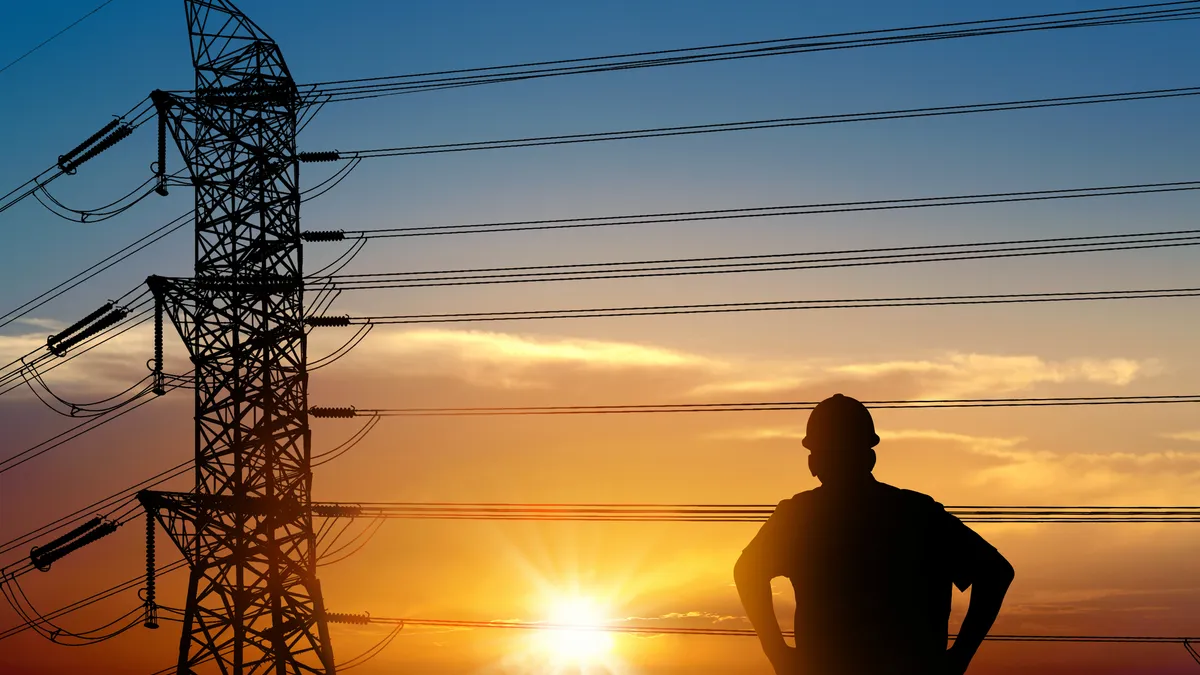California’s utilities are at the frontline of meeting renewable energy goals, but often they are not the ones leading the charge.
“We are not the driver; that is the challenge for us,” Mark Irwin, director of contract origination at Southern California Edison, told Utility Dive.
The challenge for SCE is not adding renewables to its grid — as Irwin noted, the utility is “well on its way” to meeting California’s 50% by 2030 RPS target — the challenge is adapting to the rising level of distributed resources on the grid.
Renewable integration and rate increases
As more utilities come to terms with rising levels of DERs, there are likely to be a growing number of rate cases that cite renewable integration as a motive for rate increases.
“A lot of utilities are trying to fold in improvements they wanted to make for some time under this umbrella,” Ben Kellison, director of grid research at GTM Research, said. DER integration has already become something of a lightning rod for SCE.
When it comes to adding renewables, the utilities have to follow the directives of state policy makers and regulators. Even integrating renewable energy into the grid is not properly speaking the responsibility of the utilities; that responsibility falls to the California ISO.
For utilities like SCE, the challenge of integrating renewables occurs at the interface between the utility and its regulator, the Public Utilities Commission. “The PUC and the CAISO frame what we do,” Irwin said.
SCE has just filed its 2018 general rate case with the PUC. It includes a request for $2.1 billion in new capital expenditures for grid modernization required because of increasing levels of distributed energy resources.
SCE’s request includes spending on equipment that would enhance its ability to monitor its grid in real time. Irwin said that need comes from the changes that rising levels of DERs bring to the grid. For instance, most substations on its system are designed to channel one-way energy flows, but DERs result in two-way flows. SCE also says DERs have rendered most of its 4 kV circuits obsolete and in need of replacement.
For SCE this is all new territory. In a filing with the Securities and Exchange Commission, the company said it has “no prior experience obtaining regulatory approval of capital expenditure requests pertaining to enabling DER adoption and integration comprising a significant portion of these capital programs.”
CCA growth is a concern
One of the areas of concern for Irwin is the potential growth of community choice aggregation (CCA) in SCE’s territory. “A major percentage of our load could be disappearing,” he said, adding that CCA could represent in excess of 40% of the utility’s load.
CCA was introduced in the state by AB 117 in 2002 and lets communities provide procurement service to electric customers within their boundaries. There are now eight operating CCAs with 1.25 million customers in California and a projected 2017 load of 13,750 GWh, with another eight CCAs waiting to go live in the wings.
Current regulation allows investor-owned utilities to impose an exit fee on CCAs to provide reimbursement for the costs of serving customers still on their system. One of the fronts in the battle over renewable integration is over the nature of those fees. It is an area of growing concern to the state’s utilities.
SCE is now fighting that battle at the PUC. The exit fee, known as the Power Charge Indifference Adjustment (PCIA), is administratively set. SCE wants the PUC to move toward a more market driven fee that better reflects costs, including costs associated with procuring renewable resources.
Two-way flows
San Diego Gas & Electric also recently filed a general rate case with the PUC. In its filing, it asks the PUC to approve $2.2 billion in expenditures. Also like SCE, SDG&E is well on its way to meeting its mandated RPS targets. The utility derives about 43% of its electricity supplies from renewables.
SDG&E already has one of the highest rates of rooftop solar use, with 110,000 installations and an aggregate nameplate capacity of 750 MW. Those levels are likely to rise and require additional infrastructure, Alan Dulgeroff, director of electric system planning at SDG&E, told Utility Dive.
Dulgeroff points to several key factors that have contributed to the utility’s high level of renewable penetration. One is the 2012 completion of the Sunrise Powerlink transmission line that connected SDG&E’s load with the roughly 1 GW of renewable resources in the Imperial Valley east of SDG&E’s home turf. Other factors include SDG&E’s implementation of a streamlined permitting process for rooftop solar and its adoption of new metering technology
SDG&E’s renewable meter adapter speeds the process of connecting rooftop solar by simplifying the interconnection process as it allows customers to avoid a costly service panel upgrade, Dulgeroff said. Combined, those factors enabled 30,000 solar installations in 2016, he said.
To support continued DER penetration, Dulgeroff said SDG&E’s grid has to be further modernized. He also cited issues with two-way flows.
“Our system was designed for one-way flows. With DERs there are more two-way flows,” he said. As an example, he cited fuses that are placed along distribution circuits. Historically, those fuses were designed for one-way flows. But DERs introduce two-way flows to the system, and if the distribution line is designed only for one-way flows, the integrity of the system can be at risk and there could be associated safety risks.
“SDG&E needs to make investments in resources, tools, sensors, systems, communications and infrastructure. These will help SDG&E’s distribution system to become a platform for distributed resources and devices to connect and interact more easily and reliably, and possibly support the development of new markets and services,” Dulgeroff said in testimony before the PUC. Among other things, he said, that equipment could include static VAr compensators and synchronous condensers.
Looking to storage, EVs
SDG&E is also looking at including more energy storage resources in its pending integrated resource plan, Dulgeroff said. By 2030, he said the utility could develop or commit roughly 330 MW of energy storage.
Looking forward, Dulgeroff said SDG&E hopes to use its grid as a platform for the spread of electric vehicles in California. Electric vehicles provide another route to help integrate renewables.
The transportation sector accounts for 40% of California’s greenhouse gas emissions while emissions from in-state power plants account for about 10% of GHG emissions.
“The grid is poised to help decarbonize transportation,” Dulgeroff said. He pointed to SDG&E’s Power Your Drive program that aims to install 3,500 EV charging stations at apartments, condos and businesses. “To the degree the grid can support EVs, it would help the state meet its emission reduction goals,” Dulgeroff said.





















